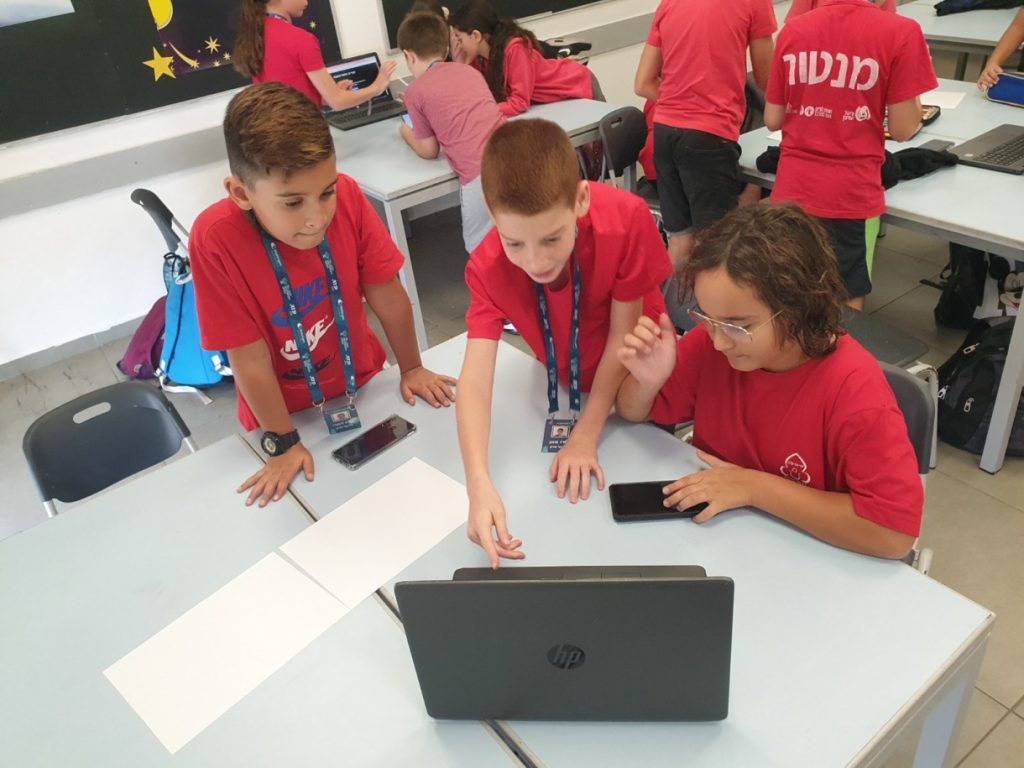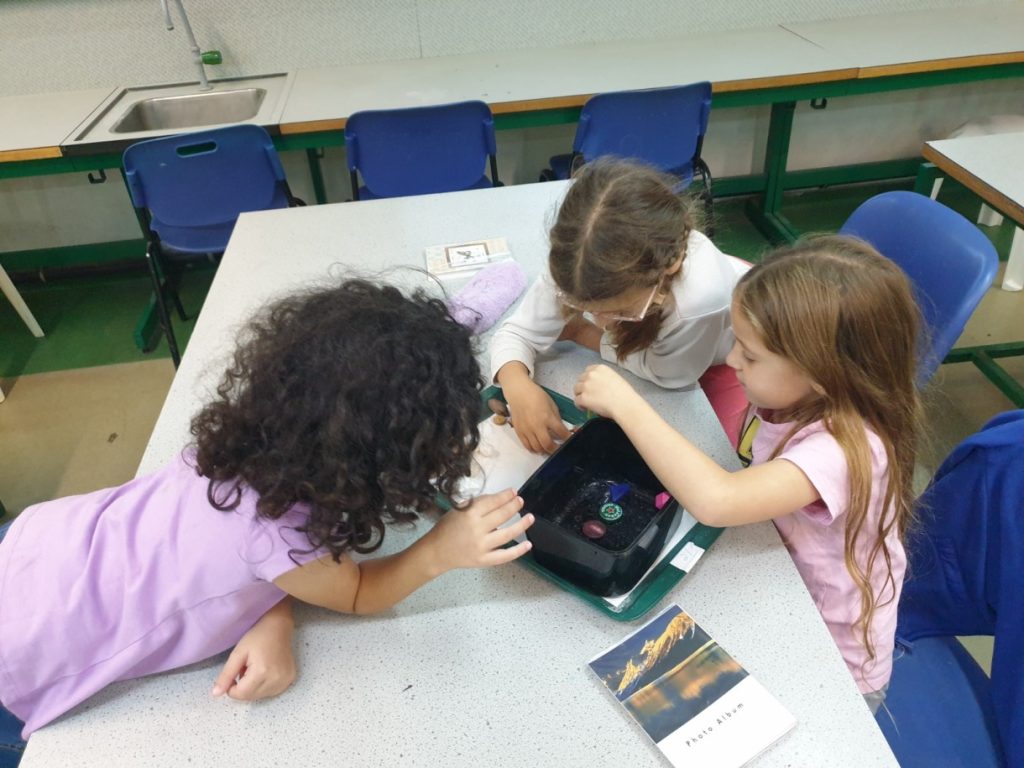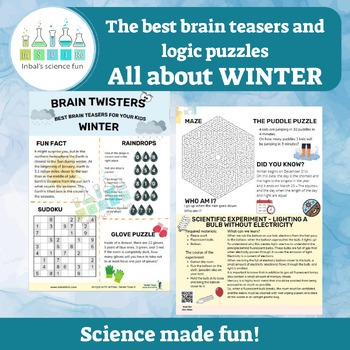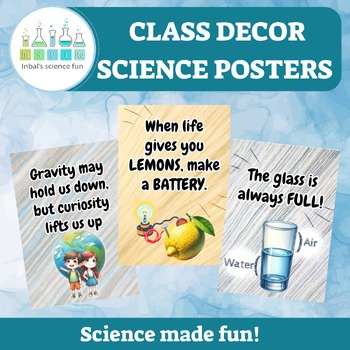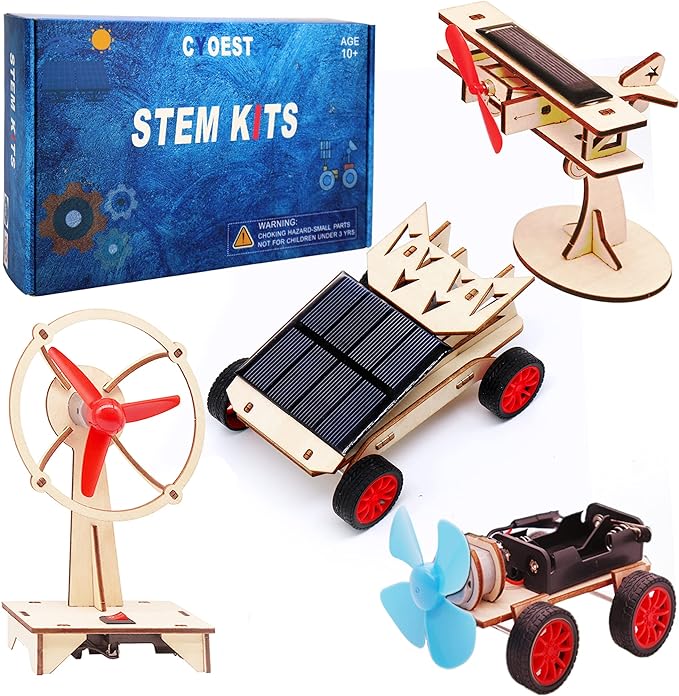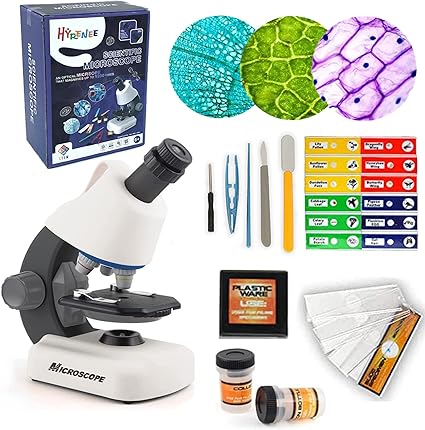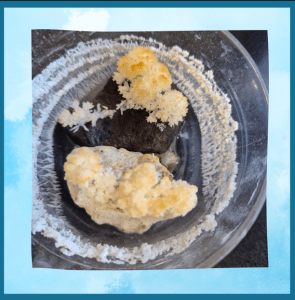The Power of the Engineering Process: STEAM Challenges in Education
In the realm of education, the engineering process finds a dynamic and creative home through STEAM (Science, Technology, Engineering, Arts, and Mathematics) challenges. These challenges serve as an exciting gateway for students to apply scientific principles and engineering concepts in a hands-on, problem-solving environment. In this article, we’ll explore the common use of the engineering process in school, particularly through STEAM challenges.
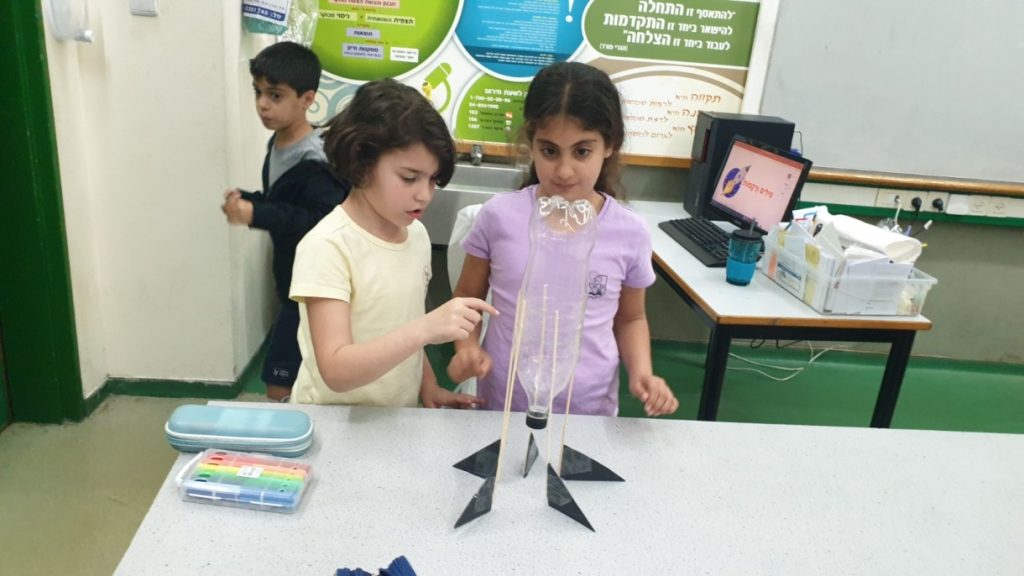
Inspiring Curiosity and Asking Questions
STEAM challenges typically begin with a question, a problem, or an intriguing concept. The first step of the engineering process—asking questions—becomes the spark that ignites their exploration.
Research and In-Depth Exploration
Students delve into research to understand the principles and concepts related to the challenge. This phase transforms the challenge into an engaging opportunity for learning and discovery.
Unleashing Imagination and Creativity
The engineering process in STEAM challenges encourages students to imagine and innovate. As they brainstorm solutions, creativity takes center stage, with students envisioning a variety of possibilities.
Designing and Planning
Students then transition into the design phase, where they create blueprints, sketches, and project plans. This process instills the importance of careful planning, aligning with the art of design.
Building and Experimenting
Here comes the hands-on aspect: students construct their designs, be it a model, a project, or a product. Experimentation follows, allowing students to test their creations and collect data.
The Joy of Improvement
In the final phase, improvement takes the lead. Students analyze their models, check if they are up to standards and gather feedback. They refine their projects, applying what they’ve learned.
STEAM challenges embody the engineering process within the educational landscape, fostering innovation, problem-solving, and the development of critical skills. As students engage in these challenges, they become budding engineers and scientists, learning to question, research, imagine, design, build, experiment, and improve. These experiences not only prepare them for future STEM careers but also nurture a lifelong love for learning and innovation.
To read more about STEM and STEAM bins in class and get ideas, Click here>>
